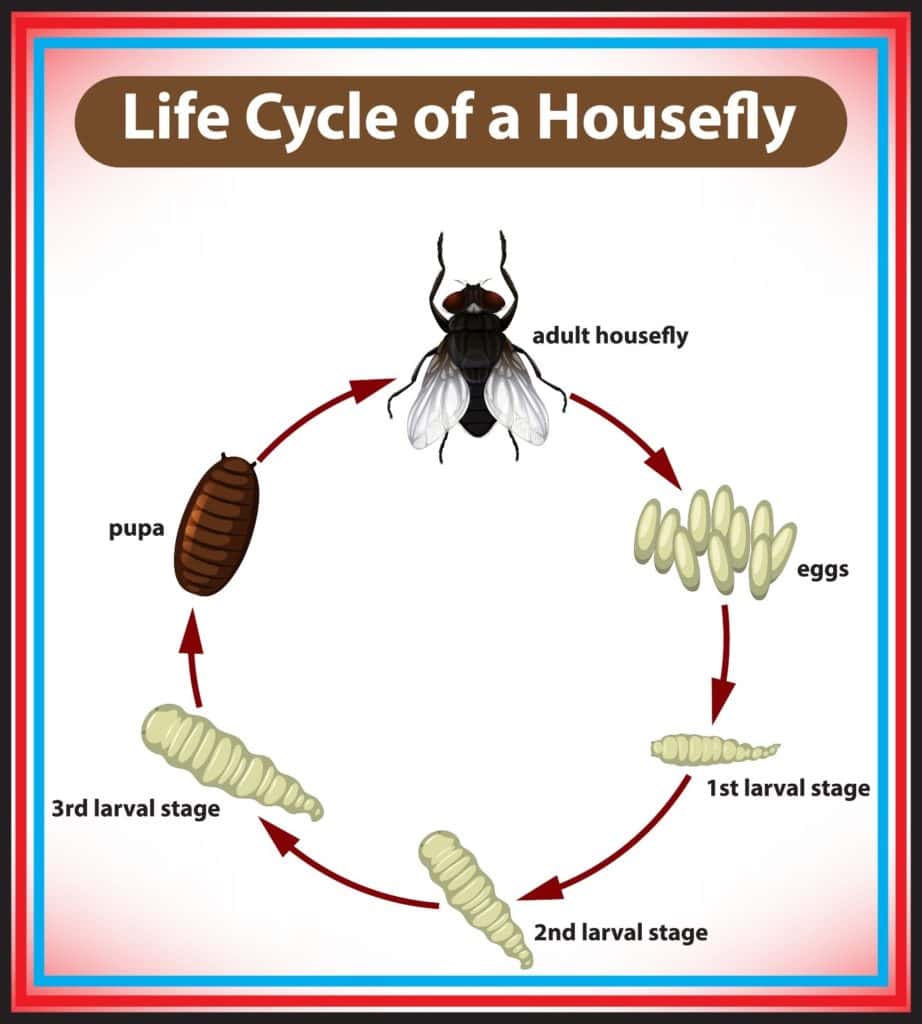
Laysan albatross chicks from Kure Atoll and Oahu Island consume so much plastic that they are nearly halfway made up of the material and face extreme malnutrition. According to the Ocean Cleanup organization, 74% of the diets of sea turtles living in such areas consist of plastic debris.
GIANT PACFIC ITRASH ISLAND PATCH
IngestionĪ study concluded that 84% of the debris found in the Great Pacific Garbage Patch contained toxic chemicals, too much of which causes toxic build-up, internal injury, or even death upon digestion. 700 different species are victimized this way in their native environment, with 17% of them being on the International Union for Conservation of Nature's Red List of Threatened Species. Furthermore, an entangled animal has low chances of prolonged survival, as it is unable to hunt, feed or mate as it needs.
GIANT PACFIC ITRASH ISLAND FREE
Upon becoming entangled, the animal chaotically tries to break free only to be become increasingly trapped potentially injuring oneself in the process. So-called "ghost nets" are the fishing nets left behind by fishers that continue to catch, injure, and often kill ocean dwellers including fish and small animals. Nevertheless, the three most impactful ways in which the Great Pacific Garbage Patch is destroying the natural ocean environment every day are through entanglement and ghost fishing, ingestion, and transportation of species. Being far offshore diminishes the problem in people's minds of the impact it has on marine life.


The three-dimensional garbage patch does not only spread out across the surface of the water but extends downwards to the bottom of the ocean floor. In 2016, the Aerial Expedition surveyed the larger plastics in the ocean by flying over an area of 311 km 2 and returning with over 7,000 snapshots. Upon designing a new multi-level trawl, The Multi-Level Trawl Expedition was carried out later the same year, studying not only the extent of the buoyant plastic composition of the patch, but 11 layers of the water, as well. In total, three major expeditions have been deployed to the Great Pacific Patch, starting with the Mega Expedition of 2015, which involved 30 ships and 652 surface nets that returned with over 1.2 million plastic pieces, concluding that far more large plastics were floating in the patch than expected. The area has been studied since the 1970s, but the urgency to do something about it became apparent in 2013, with studies geared towards deploying actual expeditions. The mass of micro-plastics increased exponentially since studies were first conducted on the patch. Most of the patch is actually composed of microplastic debris, which is less than 5 mm in size, making it largely unnoticeable from the air. The debris does not make up a massive garbage island as it is floating freely, but in some parts, the garbage is extremely concentrated. Covering a territory the size of three Frances, or 1.6 million km 2, the patch is made up of debris consisting of abandoned fishing nets and plastics of all sizes, such as bags, six-pack rings, bottles, packing straps, and more.


 0 kommentar(er)
0 kommentar(er)
